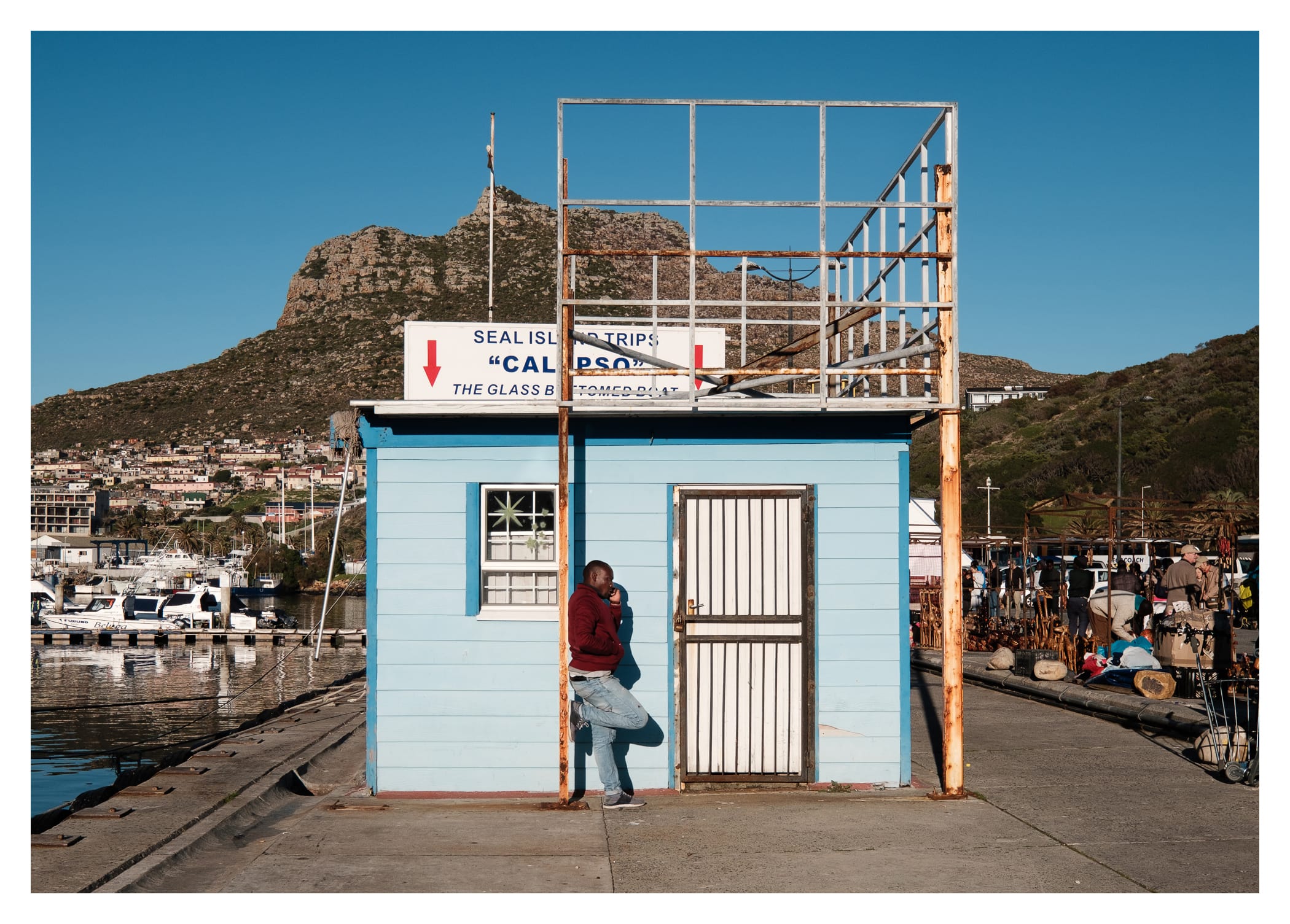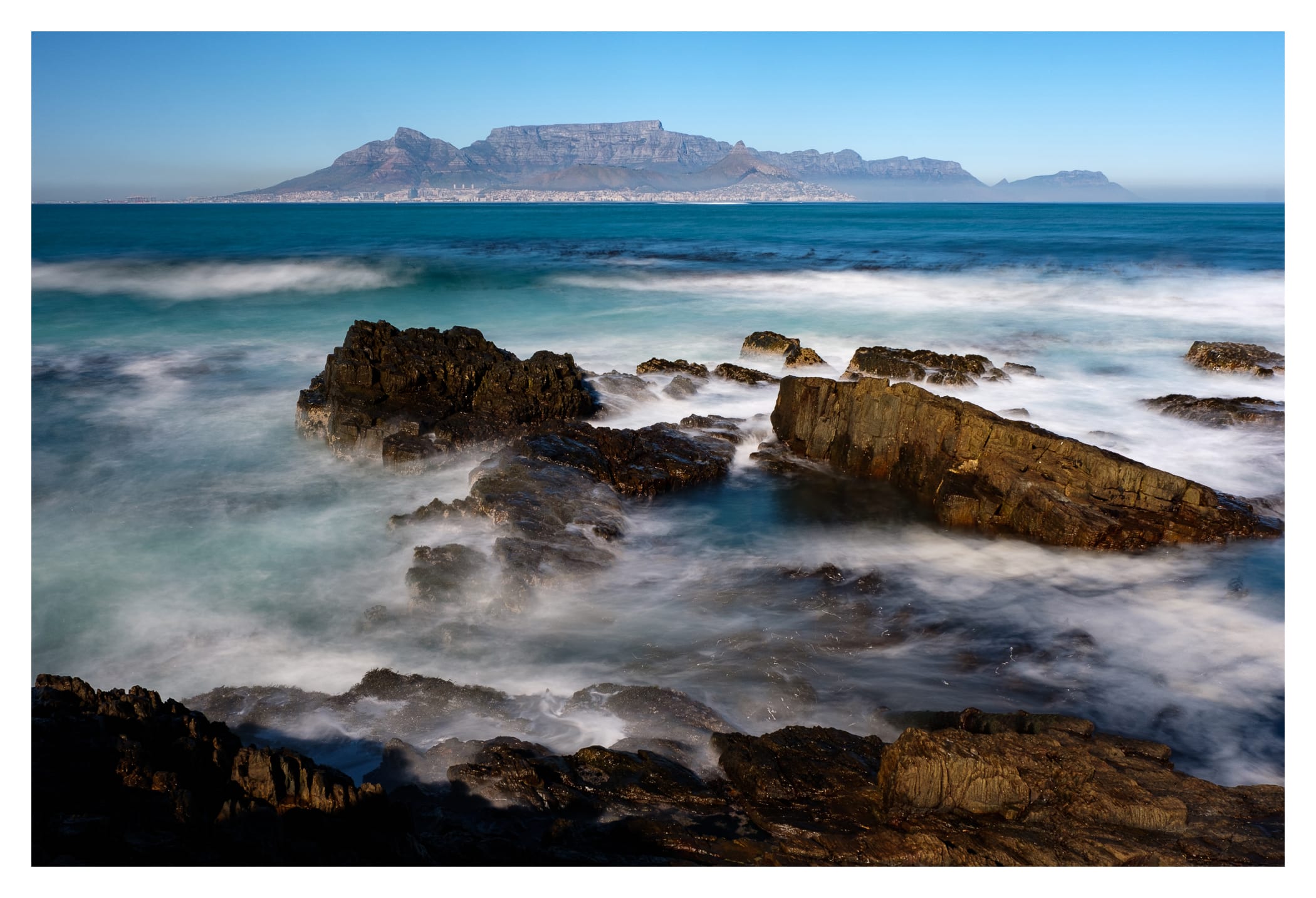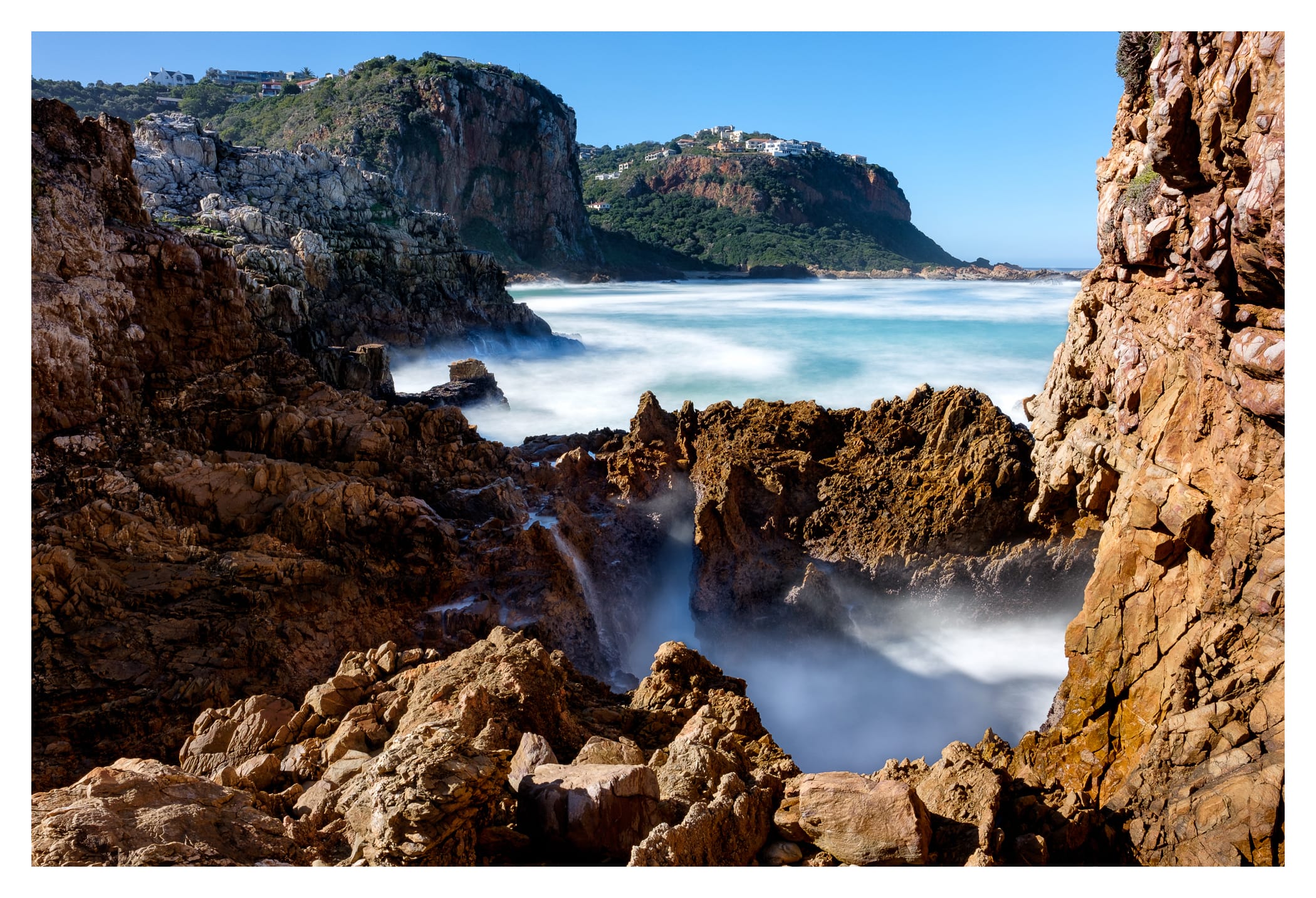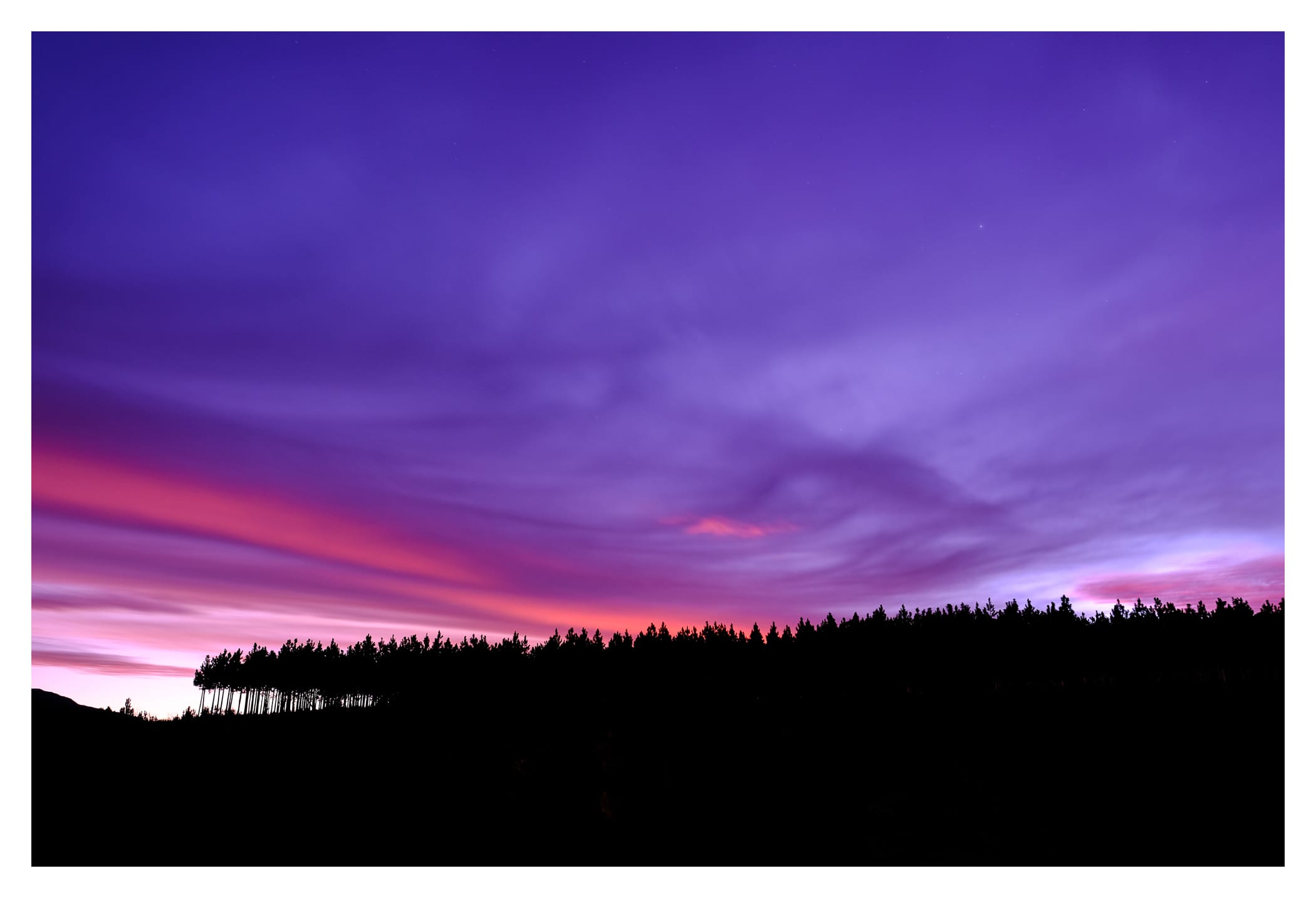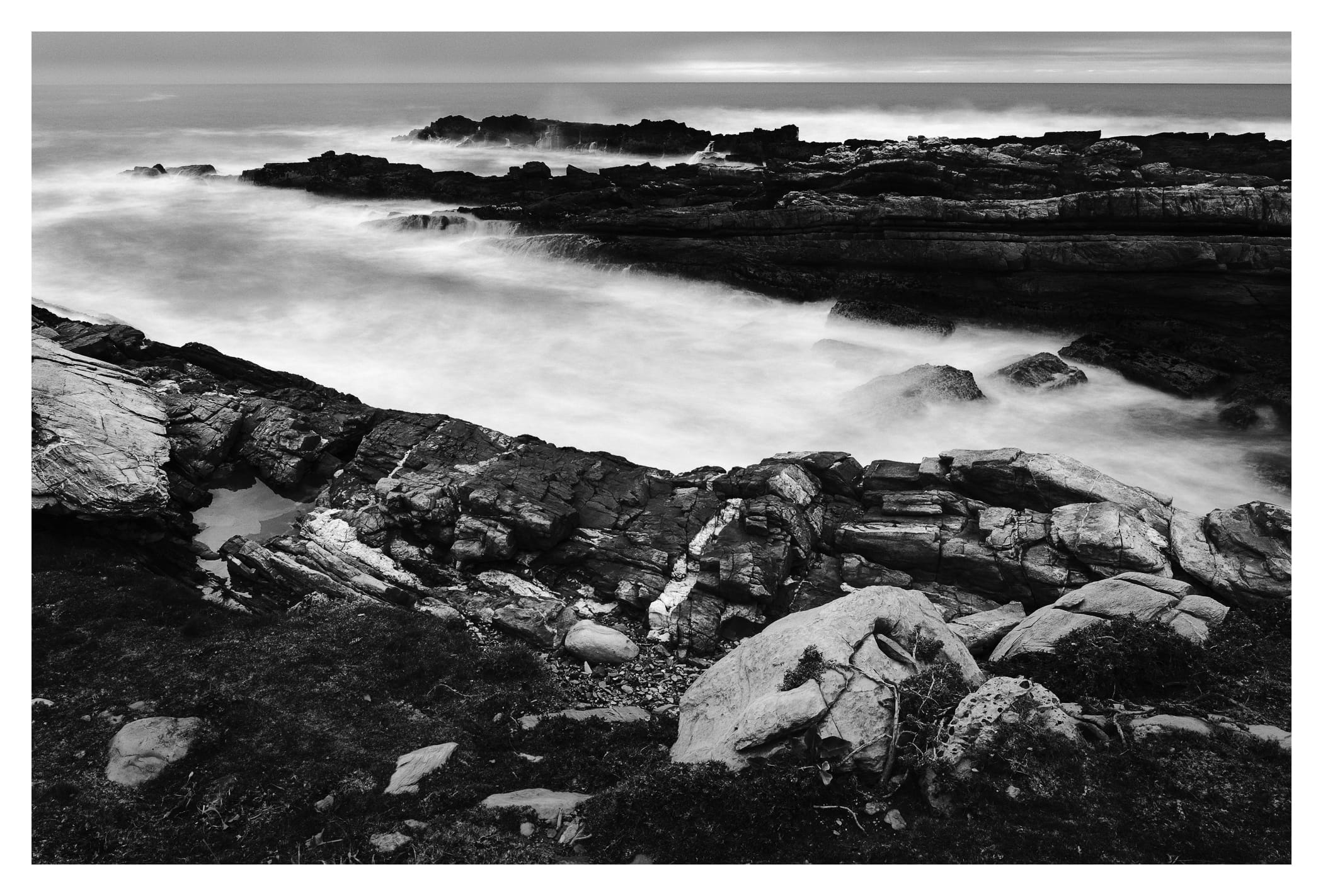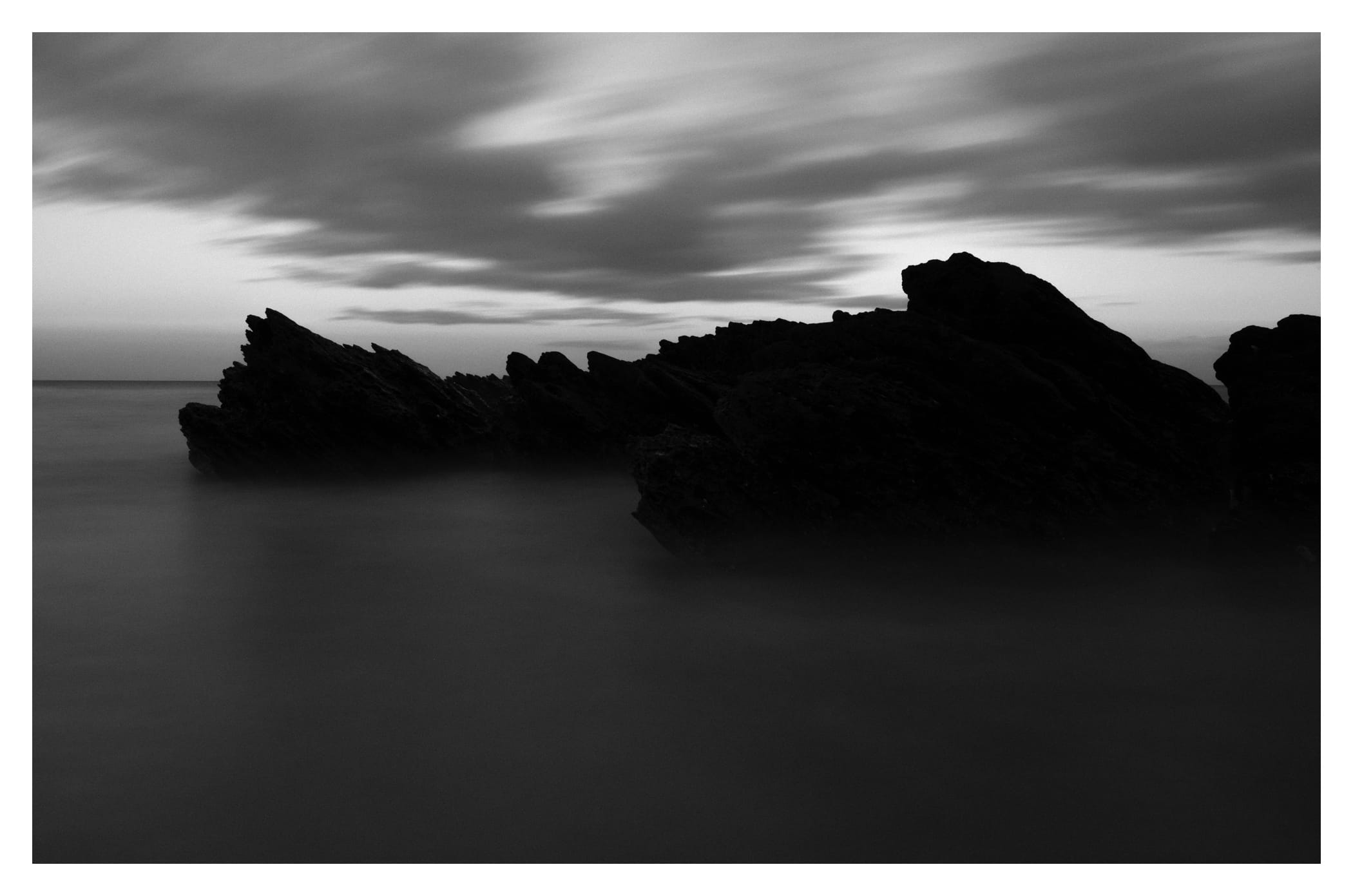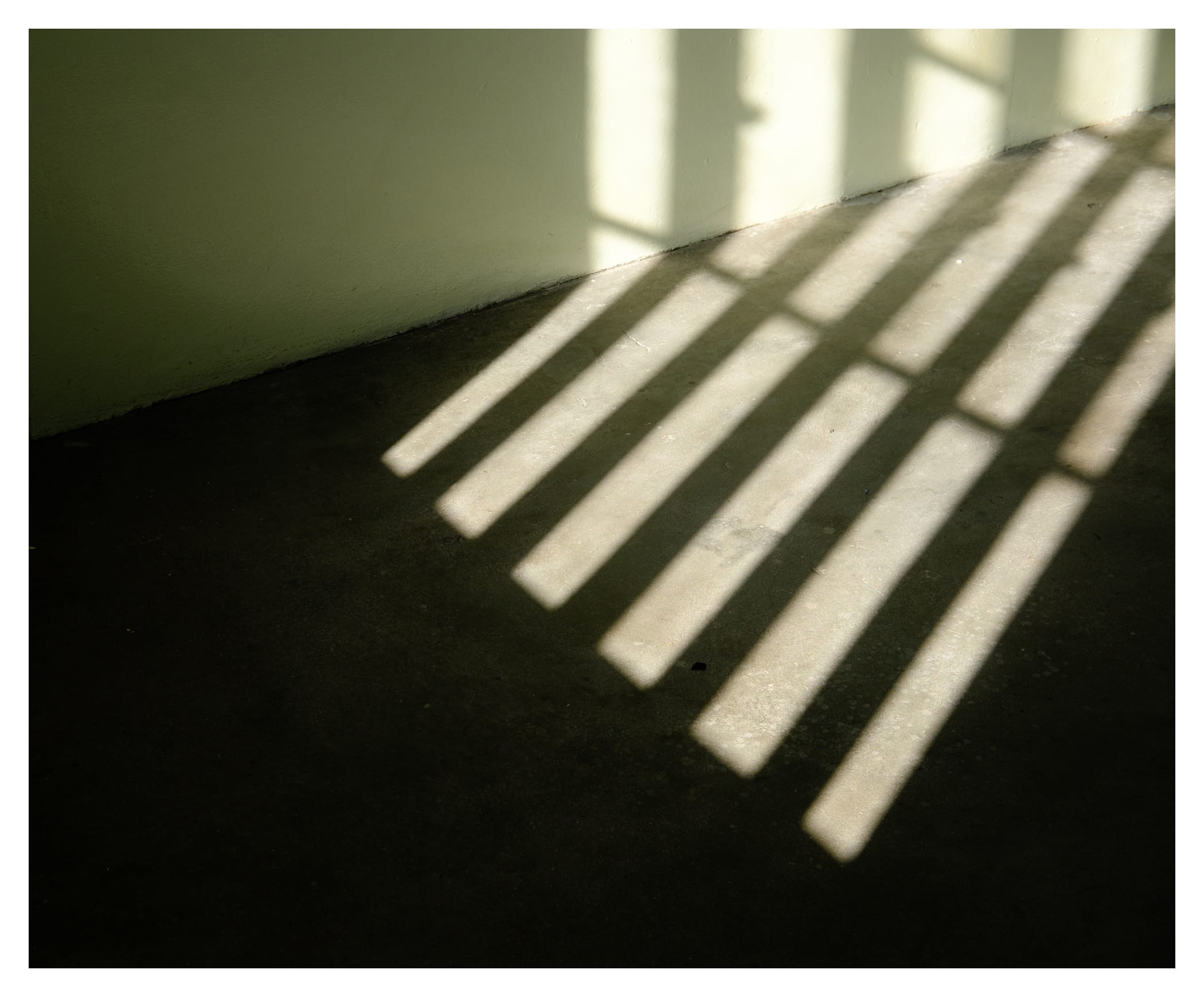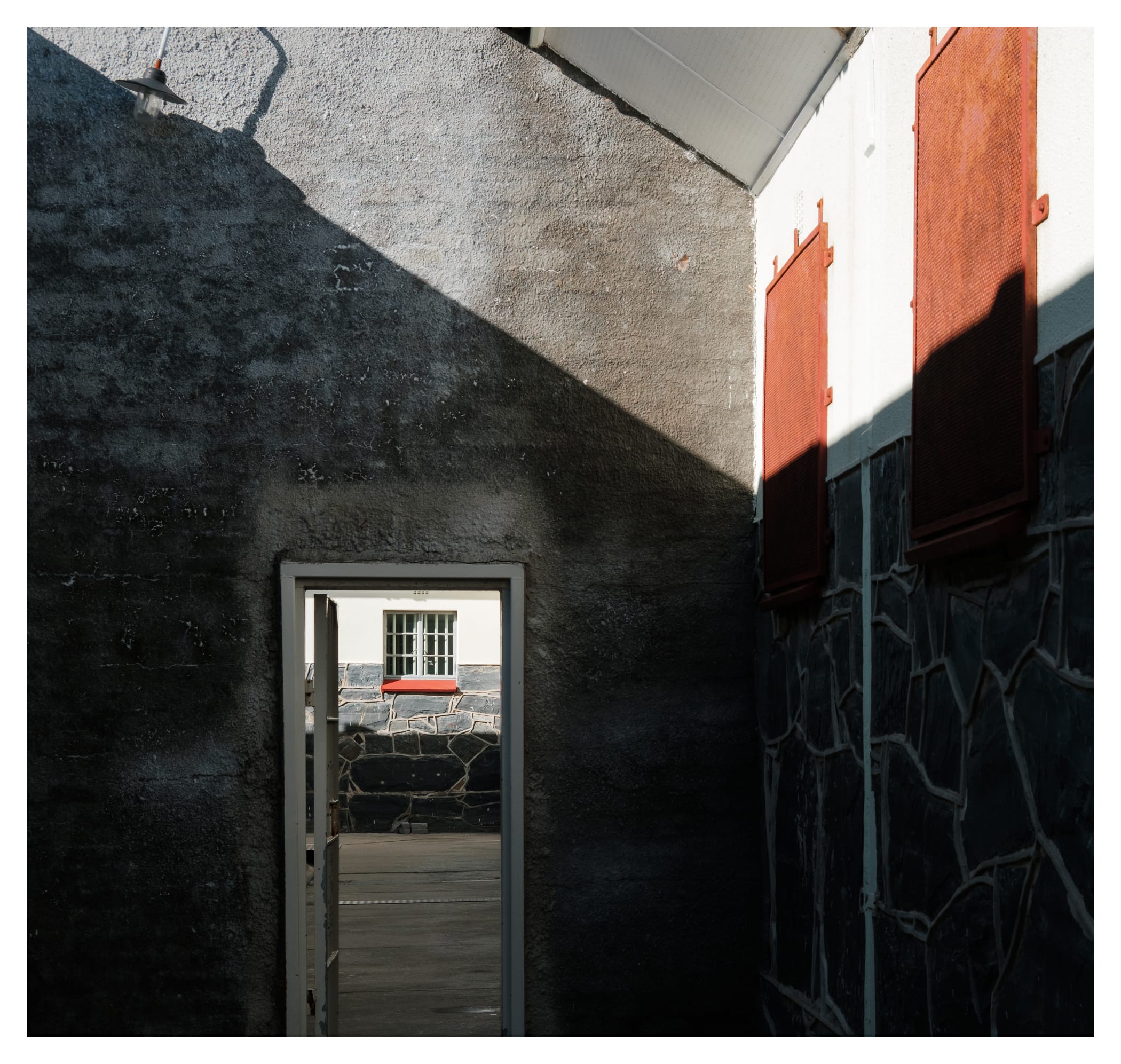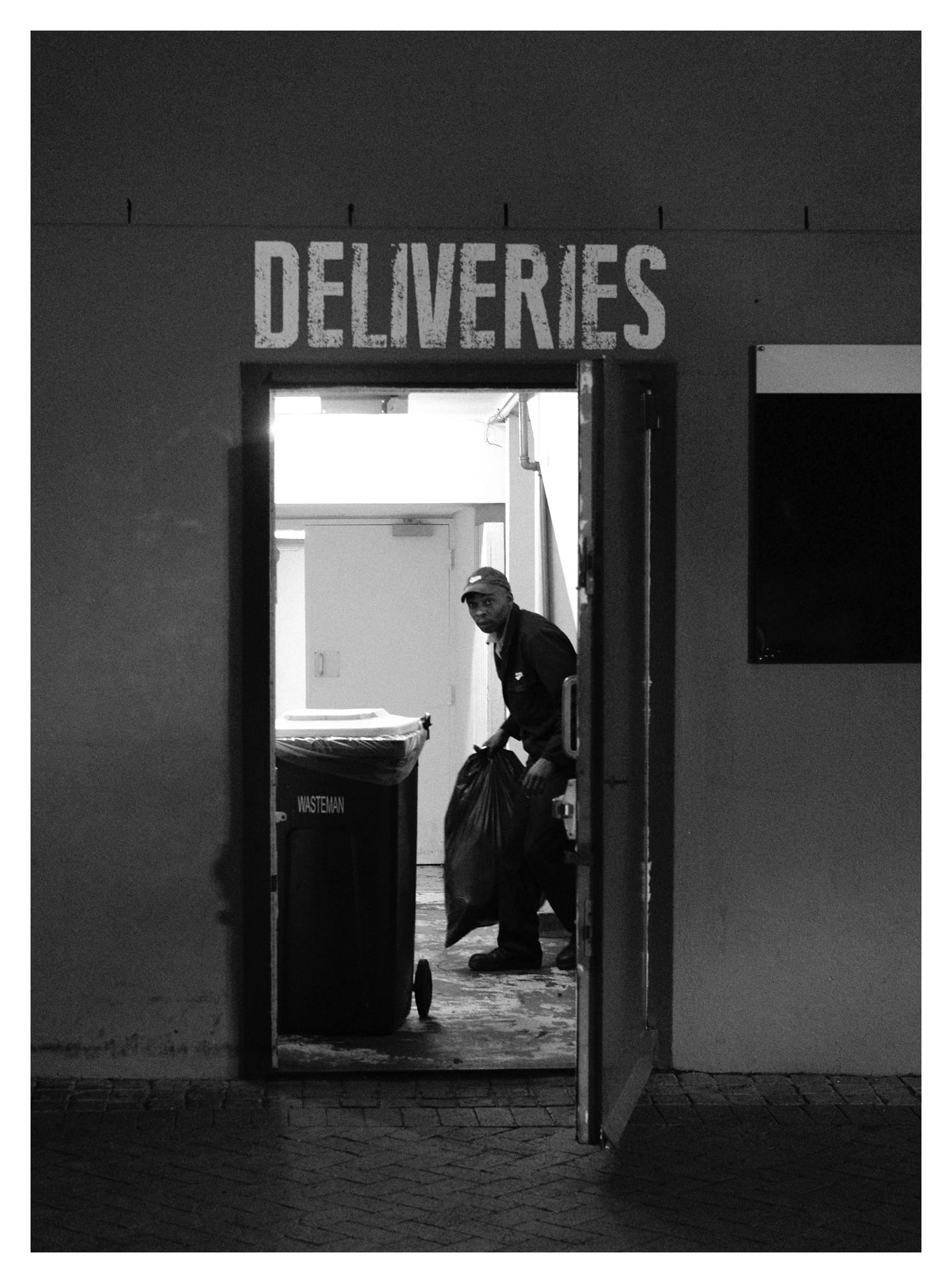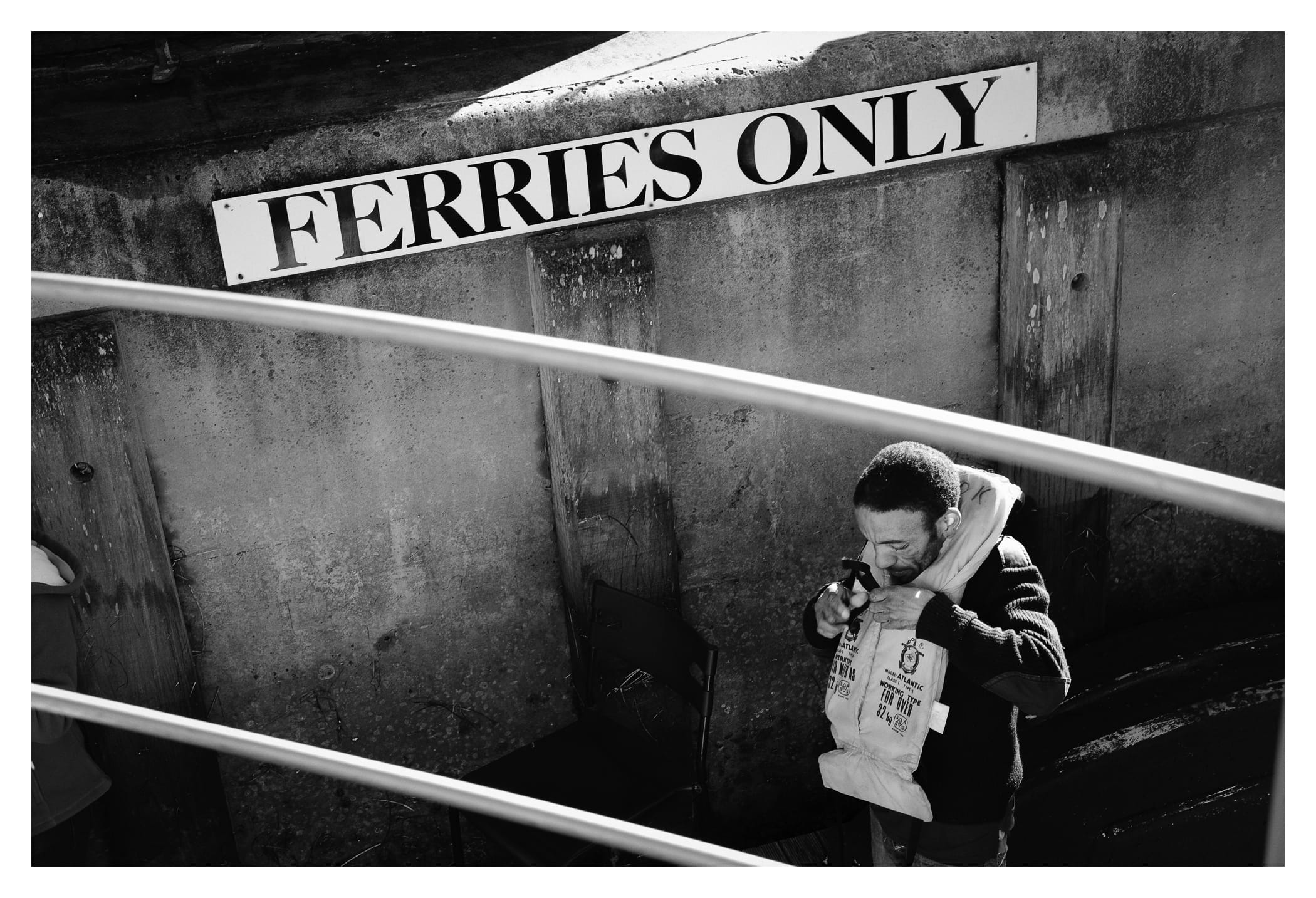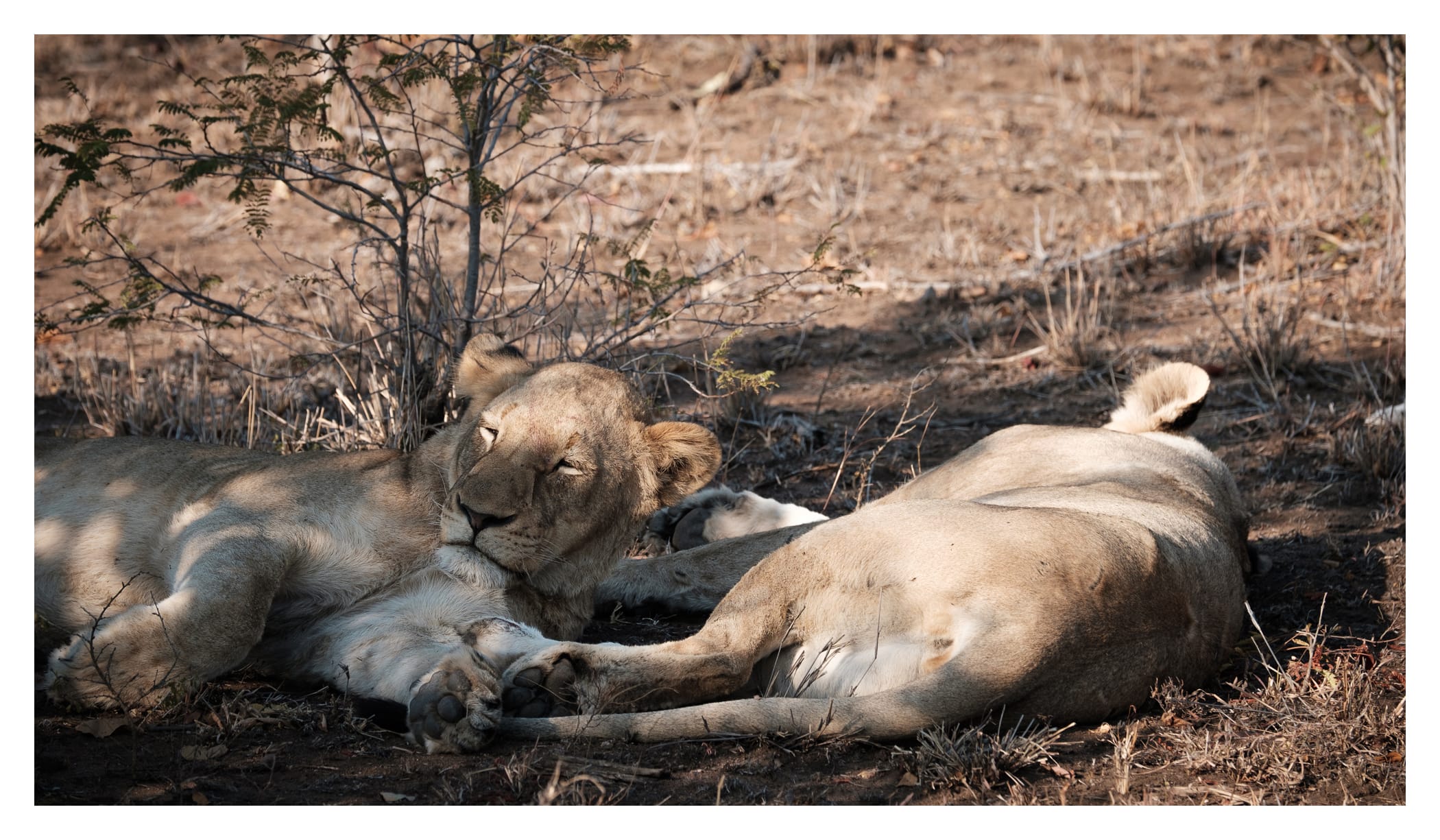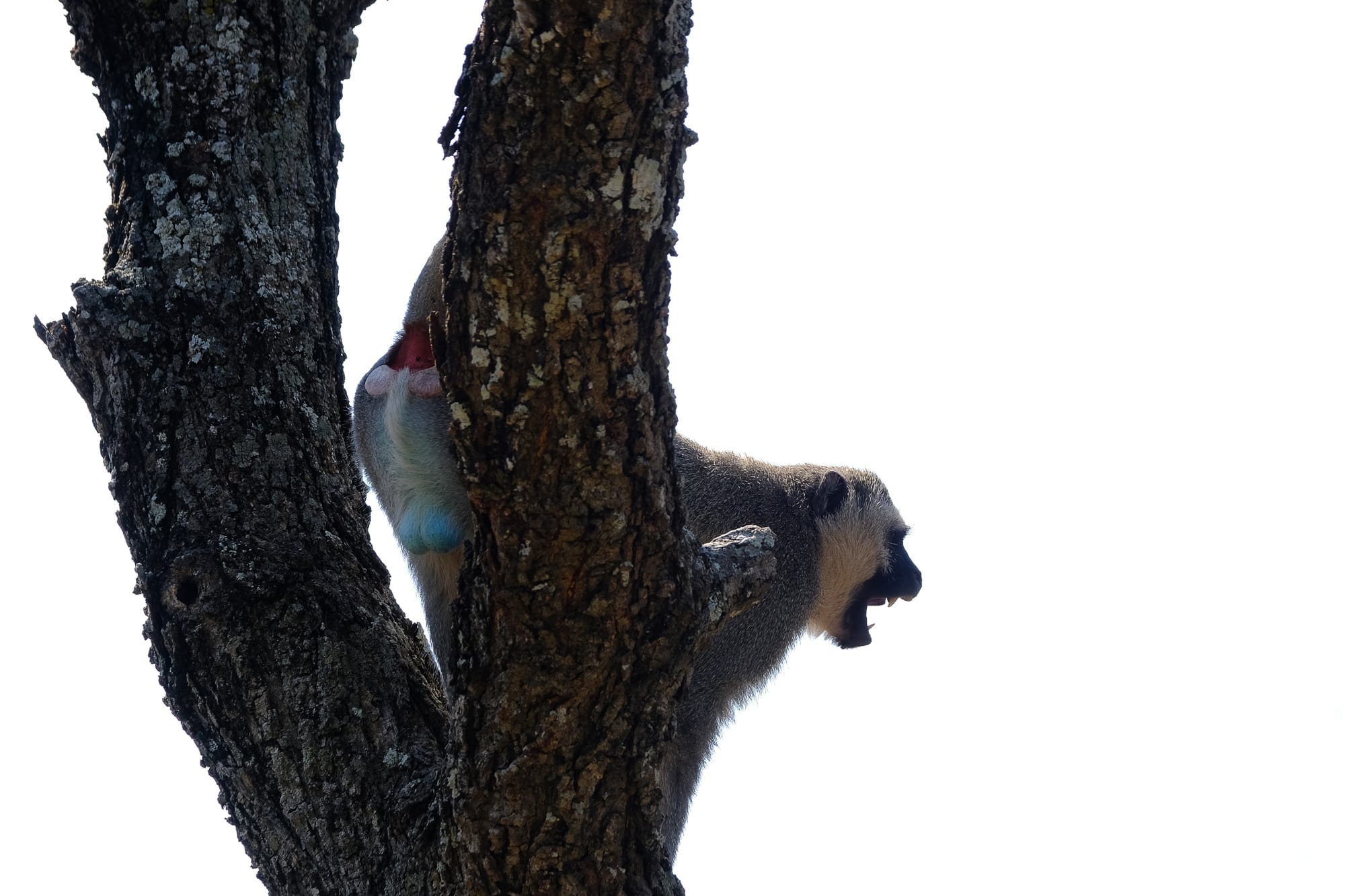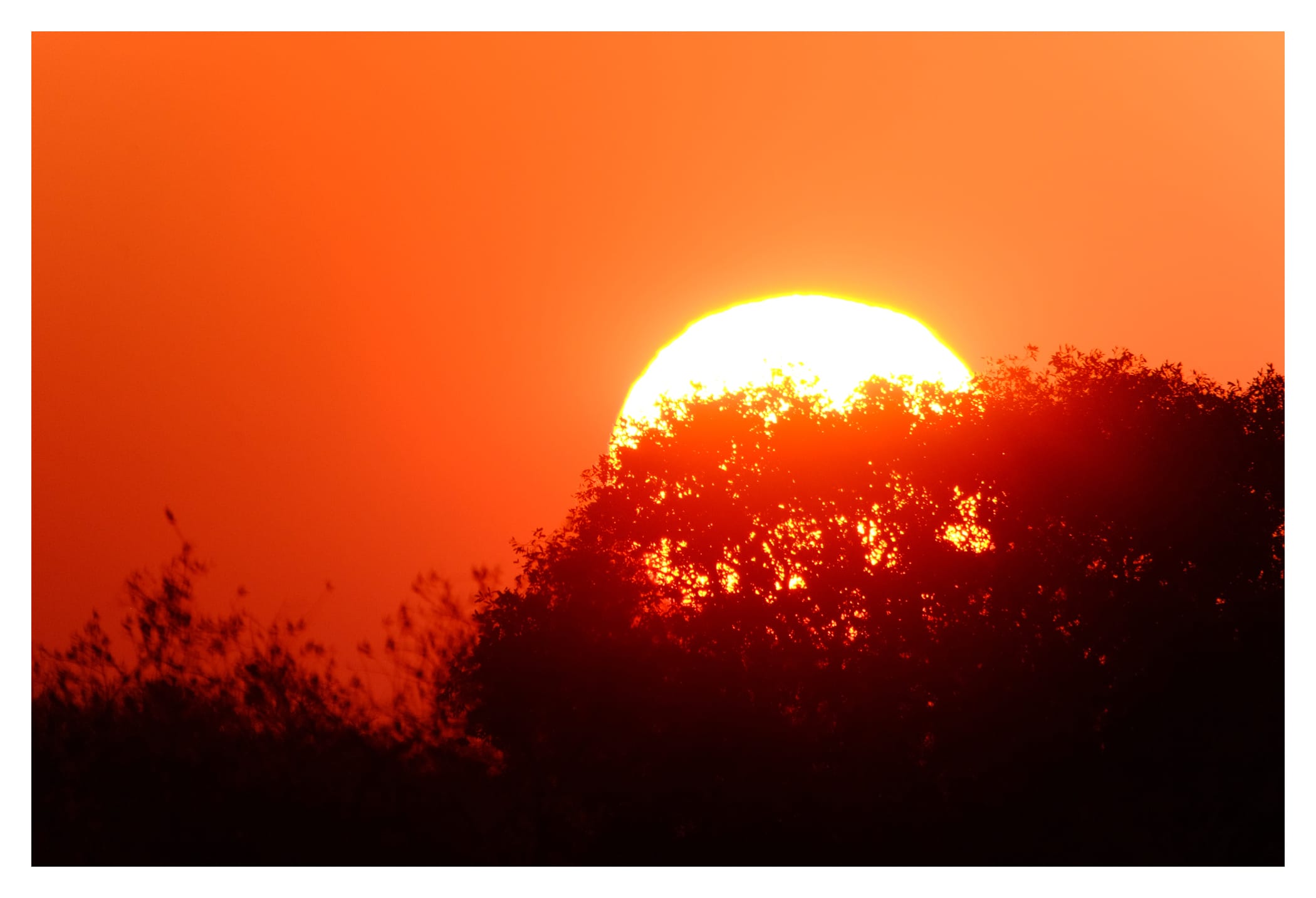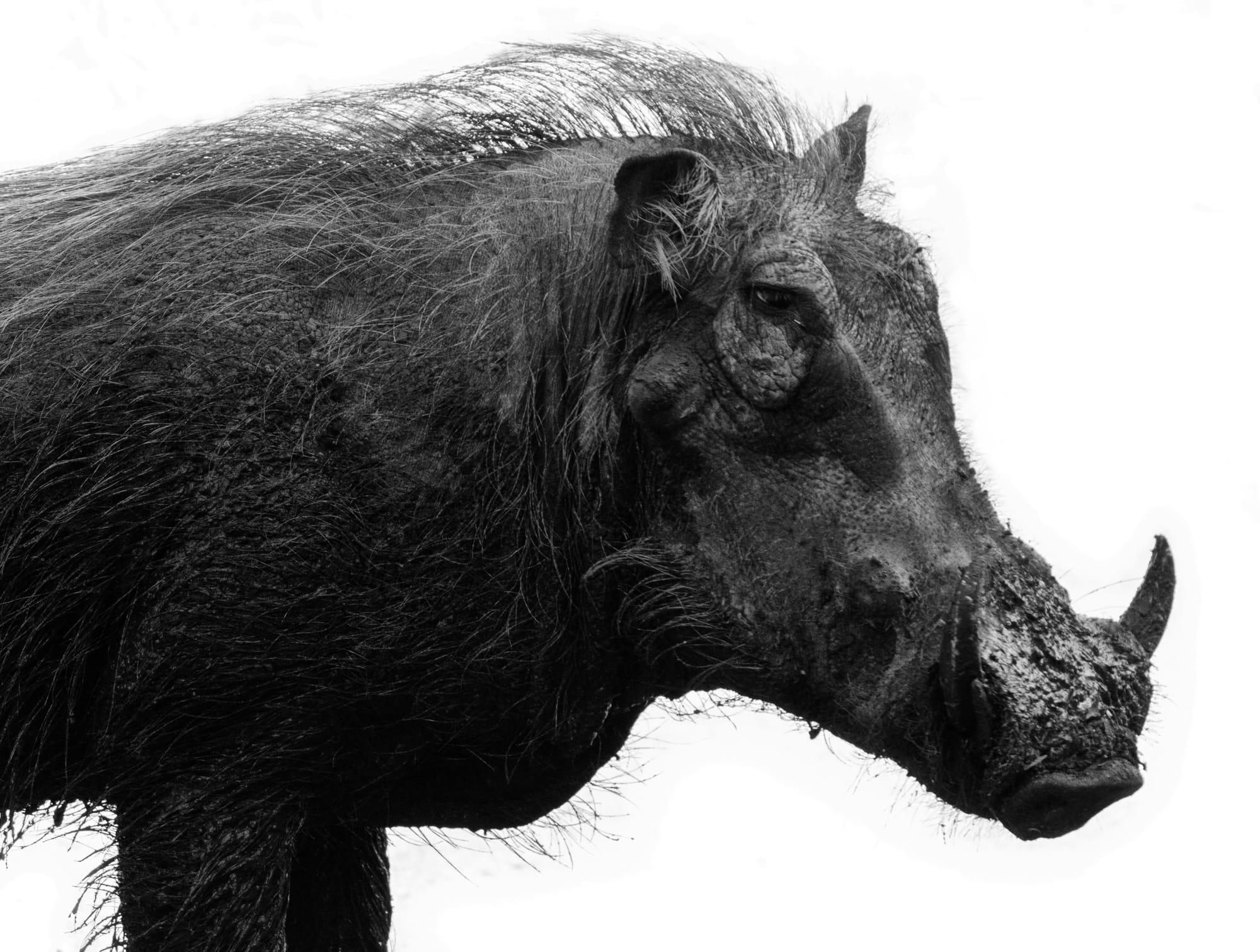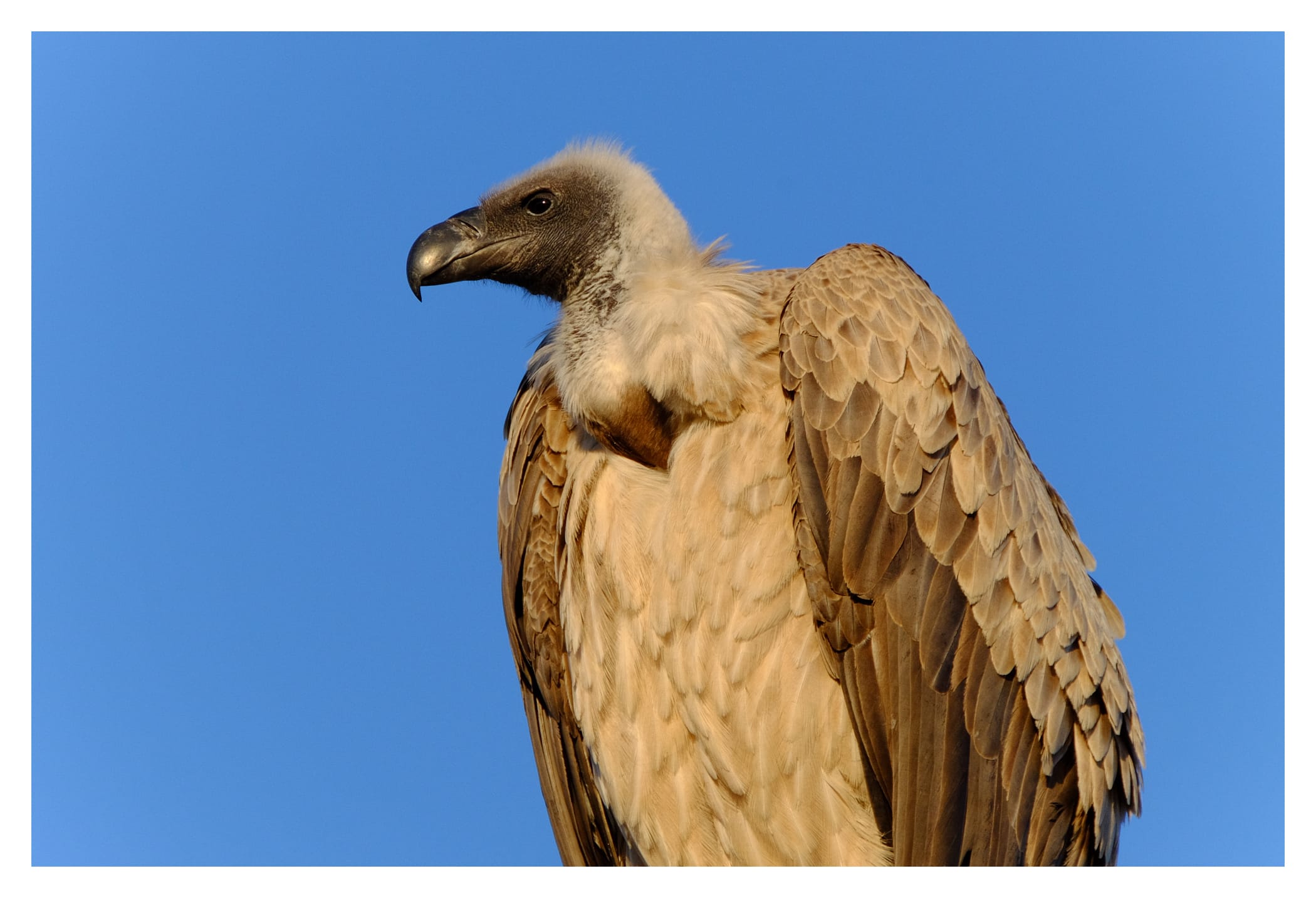Returning my 2016 MacBook Pro
/Yesterday evening I handed my new 2016 MacBook Pro with TouchBar back to UPS, and I’m not sure what I’m going to do about a computer now.
My Mid 2013 MacBook Pro was showing its age. The battery would spontaneously crap out at 40% when under heavy load,1 it never seemed to like the replacement OWC Mercury Aura Pro Internal SSD,→ 2 and for all those people complaining about 16GB of RAM not being enough, try 8. Two X-Trans III images open in Photoshop with some layers meant swap city for me.
When Apple announced the 2016 MacBook Pros, I was about as underwhelmed as anyone, but I’ve been waiting and in need of a computer upgrade for too long, so I decided to pull the trigger.
And I pulled it hard.
Fastest processor, beefiest GPU, 2TB of storage, AppleCare, the works. Oh, and dongles. Gotta have some dongles. New computers are always huge, infrequent purchases for me3 that are not taken lightly.
Wobble
Out of the box, the Power/Touch ID button felt fairly loose to me, and had some side to side play. It would almost stick to my finger when using Touch ID, and “click” back into place. It felt awful and cheap. Some searching suggested this is pretty common, but I figured I would check things out for myself. I went to an Apple Store, and wobbled my finger back and forth on every Touch ID enabled MacBook they had. Some were rock solid, others had a little bit of play, but in the noisy store it was tough to hear the weird clicking sound if it existed.
I thought I might just live with it. It didn’t bug me that much, and I can be really picky with this sort of thing, but soon after I concluded there is no way in hell I should keep such an expensive machine when I know good power buttons exist.
Genius
Off I went to the Apple Store for my Genius Bar appointment where the Genius agreed the button was indeed “not seated correctly.” I asked him what my options were.
The Perils of a Custom Order
Because I had decided to give Apple more money by way of a custom built machine, he suggested I could either return it and place an order for another, or order another machine, keep the one I had until a new one arrived, and then return the first. Neither option worked for me. I didn’t want to be without a computer for another 4 weeks, nor did I want a second enormous charge on my credit card. Frustrated, and after calling Apple to confirm these were my only two options, I decided to just return it for now, and contemplate my options.
For what it’s worth, had I bought a configuration Apple carries in store, they would have swapped it for me on the spot, without issue. It’s a real shame that those who give Apple more money receive a poorer exchange experience. Apple’s support team acknowledged that too.
“Shim Kit”
Moments after leaving the Apple Store, the Genius called to inform me of one more option. This issue is so common that Apple has an official “2016 MacBook Pro shim kit” for the Power button. The Genius said he’s never actually done it before, wasn’t sure of the success rate, and it would take 3-5 business days to complete. Again though, I don’t think I should be looking at having a repair done to a brand new expensive computer that would have meant cracking it open, especially not within the return policy.
What Are My Options?
There’s a chance I’ll end up placing an order for another MacBook Pro, but I would be really concerned about getting another crappy power button, and by the time I’m ready to do that, new desktop computers from Apple could be around the corner. Realistically, it will probably be at least 4 months before a rumoured desktop would ship, so for now, I’m going to have to see if I can get by with my iOS devices, and a somewhat locked down Mid 2015 MacBook Pro from work.
There’s Really No Good Mac For Me
A new MacBook Pro is probably the most “right” for me, but it was pretty unsettling to have a new computer in front of me that I just wasn’t at all excited about. Maybe if it was flawless I would have felt better about things, but I doubt it. It’s also expensive, especially after the few tweaks you can make to a base machine.
32GB seems like the right minimum for RAM right now. 2TB of storage is what I would like. I would love a decent GPU. Can you guess where that was leading me?
PC Land
I’ve been using and loving Macs since I started college. Almost 20 years. I know my way around them very well. But all the recent reports about Apple not prioritizing the Mac or macOS and Apple’s own actions have me wondering if it’s the right platform anymore. Something like the Razer Blade Pro looks awfully enticing, for instance. The trouble there is the company is so small, it’s impossible to even try one of those machines out, and further research has lead me to believe that there are aspects to macOS and the Mac in general I would miss too much. Still, I know I’m not the only person thinking this kind of thing, and I hope that’s something Apple still cares about.
Adobe Box
Personal Computers are fast-becoming “Adobe Boxes” for me. The OS that surrounds Adobe’s apps matters less, but it still matters. It’s a shame Adobe has been relatively slow to make better use of things like “Metal” to really get their software optimized for the Mac. And it’s also a real shame that Apple seems to want to kill off business units these days. I’m not the least bit confident that applications like Final Cut and Logic won’t meet a similar fate as Aperture did.
Conclusion
Ultimately, I’ll likely end up waiting for early 2017 when it’s rumoured desktops of some kind could be announced. I’ve waited this along, another 4-6 months won’t kill me. Probably.
This has got to be the one of the worst times for photographers and creative professionals to buy Apple computers. As a fan for so many years, it really just makes me kind of sad there’s no “right” option.
Waste of Time
The last thing I’ll note is this has been an enormous waste of time for me. Getting a new computer set up, redeploying my old one, then backing up all my data before wiping the defective unit and not being able to just return it to a store was a really big pain in the ass. I lost a couple weeks worth of my free time to this whole process. Something to consider for those looking to embark upon a computer upgrade of their own.
- Bizarrely, it functions as expected during light tasks. I suspect this is to do with the discrete GPU. In any event, it’s working great for my wife and she’s thrilled to have a larger Retina display, coming from a 2011 MacBook Air. ↩︎
- This is the second product I’ve purchased from them that has had issues. In this case, waking from sleep was slow, and the login screen would flash on and off a number of times before allowing me to log in. The other was a refurbished external enclosure with a single USB3 port that was spotty at best. ↩︎
- The last computer I bought, excluding iPads, was an Early 2011 17 inch MacBook Pro with an anti-glare matte display, obviously. I maxed the RAM and GPU out on that thing, got a 256GB SSD which was pretty big money at the time, and promptly ripped the optical drive out in favour of an OWC Data Doubler→—an OWC product I really like—and a nice big spinning platter HDD for my media. To this day, that and my 2008 MacPro are the best Apple computers I’ve ever had. ↩︎



